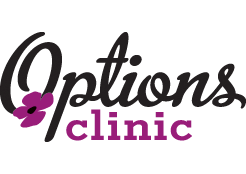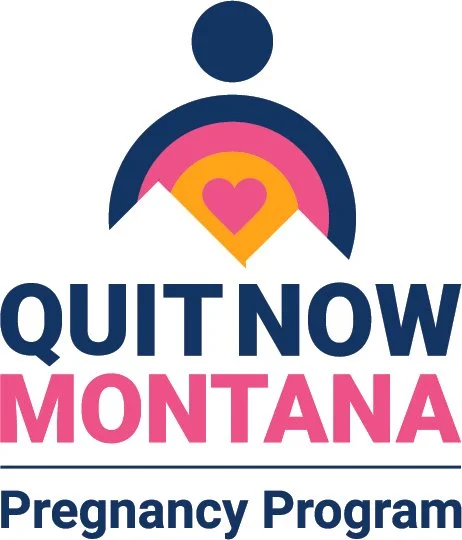Healthy Pregnancy Tips
Simple Next Steps to Support a Healthy Pregnancy
Start taking prenatal vitamins with folic acid.
Schedule care with an OB provider. Here is a list of local OB physicians.
Stay hydrated! Drink 8-10 glasses of water daily. Limit sodas and multiple servings of fruit juices.
Eat well.
Increase protein-rich foods like meats, beans, and dairy products.
Eat fresh fruits and vegetables that are thoroughly washed.
Choose whole grain bread and pasta.
The current Dietary Guidelines for Americans recommend 8-12 ounces (2-3 servings) of seafood a week for pregnant women. Consider: shrimp, salmon, pollock, catfish, anchovies, trout, cod, tilapia, and light canned tuna. However, limit white (albacore) tuna to 6 ounces a week.
AVOID raw, undercooked or contaminated meat, poultry, eggs, or seafood, as well as, meat spreads and pate. To prevent foodborne illness, fully cook all meats and poultry before eating. Cook hotdogs and lunch meats until they’re steaming hot—or avoid them completely. Eat and drink dairy products made only with pasteurized milk.
· Avoid harmful activities and harmful substances.
Stop Smoking. Get FREE help at Quit Now Montana.
Don’t use any drugs or alcohol—any amount can be harmful to your baby.
Don’t breathe fumes from paint, spray cans, or insecticides.
Avoid excess caffeine and artificial sweetener intake.
Avoid getting overheated during pregnancy from heavy exercise or saunas and hot tubs.
Avoid changing your cat’s litter box if possible. Some cats carry the disease toxoplasmosis.
Seek immediate medical care if you have:
A sudden gush or leaking of fluid from your vagina
Sudden weight gain with puffiness in hands or face
Severe, constant headaches with dizziness, blurred vision, or spots before your eyes
Severe nausea or vomiting lasting more than 24 hours
Burning or pain when urinating or any severe pain in pelvic area
Fever higher than 100.4 degrees Fahrenheit
Contractions increasing in intensity and duration that continue when you rest


